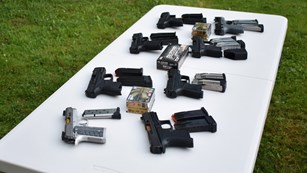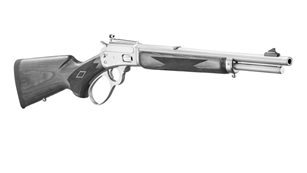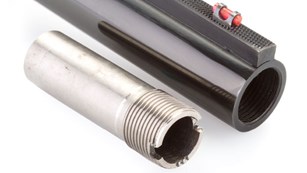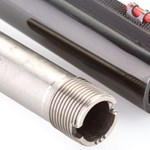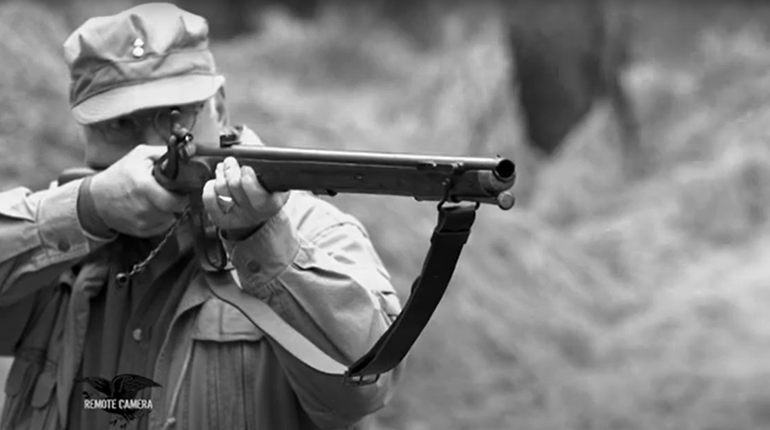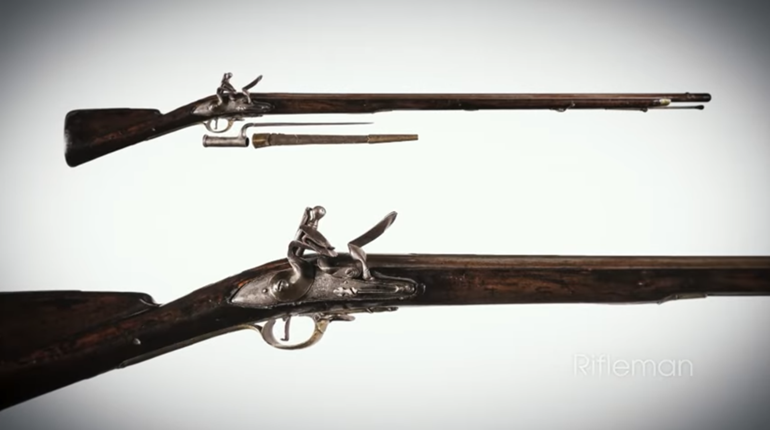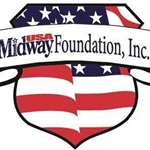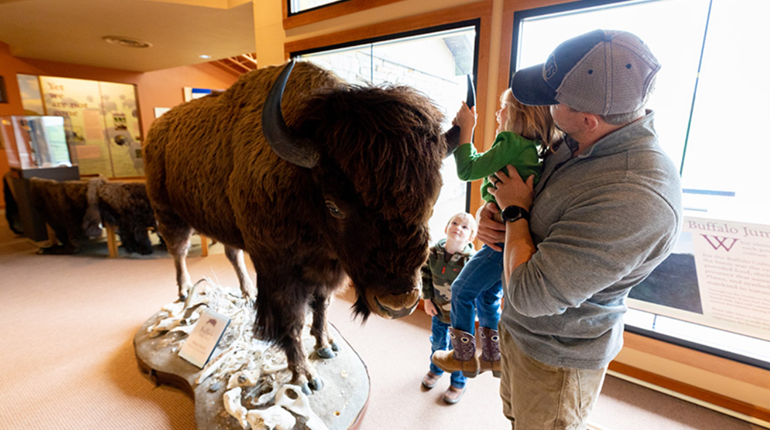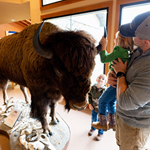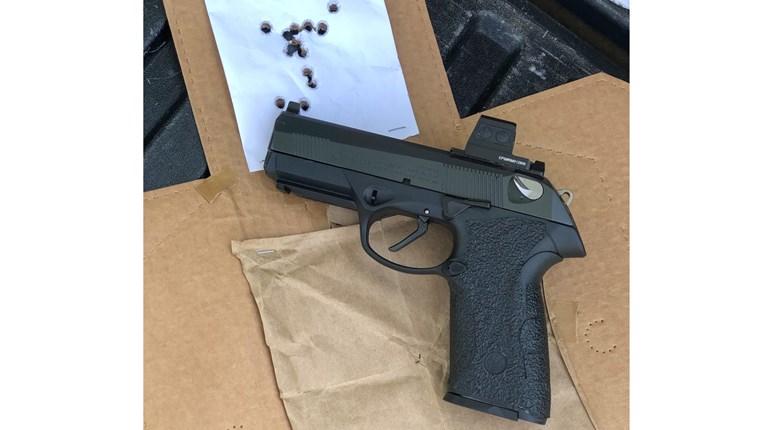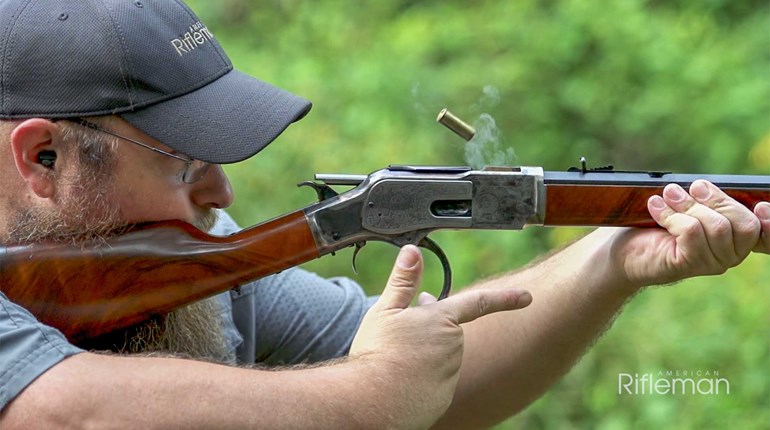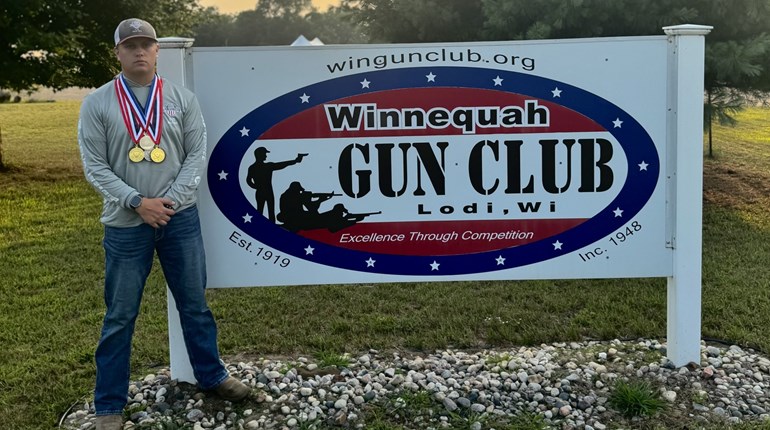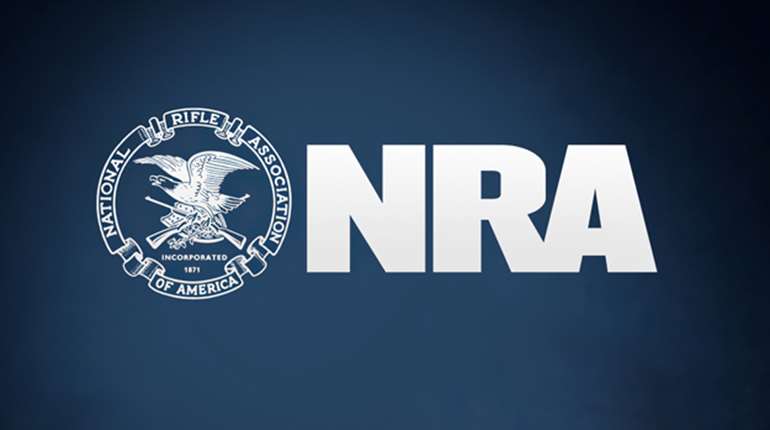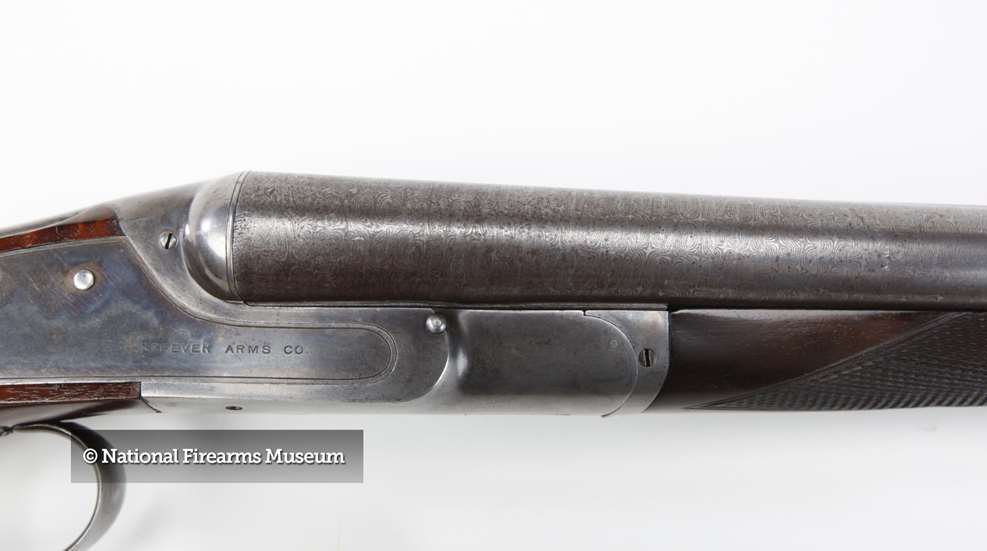
Up until the latter part of the 19th century, many shotguns featured so-called "Damascus" or "twist" barrels. These were produced by twisting and welding together long strips of steel and iron (which eliminated or minimized flaws in the metal), flattening out the twisted mass into a ribbon, and then wrapping it spirally around a mandrel. The edges of the spiral ribbon were then welded together to form a tube. Damascus barrels are identified from the beautiful and striking patterns often produced by the alternating layers of iron and steel. Acid etching was often used to accentuate these patterns.
It must be remembered that many, if not most, of the shotguns made with Damascus barrels were intended for use with blackpowder shotgun shells, which develop less pressure than even light smokeless powder loads (and also have a different pressure curve). Neither the actions nor the barrels of many Damascus-barreled guns were made sturdily enough in the breech area to handle smokeless powder ammunition.
The best Damascus barrels made by Belgian and English gunmakers were regarded as strong and elastic. However, differentiating these barrels from the plethora of inferior-grade Damascus tubes produced all over Europe is a job for an expert. These barrels, made of soft iron poorly welded together, are not only weak, but also tend to rust and pit readily.
Some authorities consider the best Damascus barrels, properly proofed, to be capable of handling light smokeless powder loads. However, considerable expertise, probably beyond that of the average gunsmith, is required to determine which Damascus barrels are safe with such ammunition. With these considerations in mind, the owner of even a "best quality" shotgun with Damascus barrels should avoid firing the gun with any smokeless powder loads.
It should also be noted that many imitation Damascus barrels have been produced, such as by stencil-etching or through the application of contrasting patterns of varnish. Also, the finish of any barrel will wear and fade with time, often hiding the Damascus pattern. Determining barrel type can be made by polishing the finish off a small area of the barrel under the forearm and treating that area with a small amount of hydrochloric acid (a test that should only be done by those well-trained in the handling of chemicals of this type, and with appropriate safety equipment!). Where the acid is applied, a solid gray patch will be seen if the barrel is solid steel; if Damascus, the original pattern of alternating iron/steel layers will be apparent.

